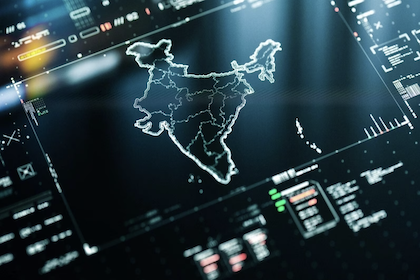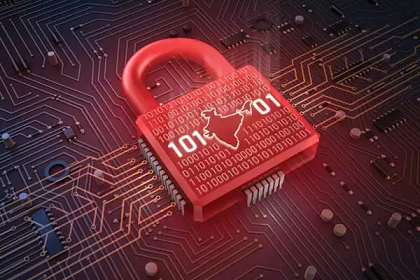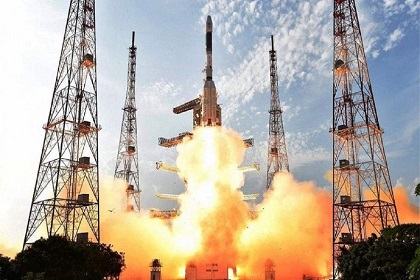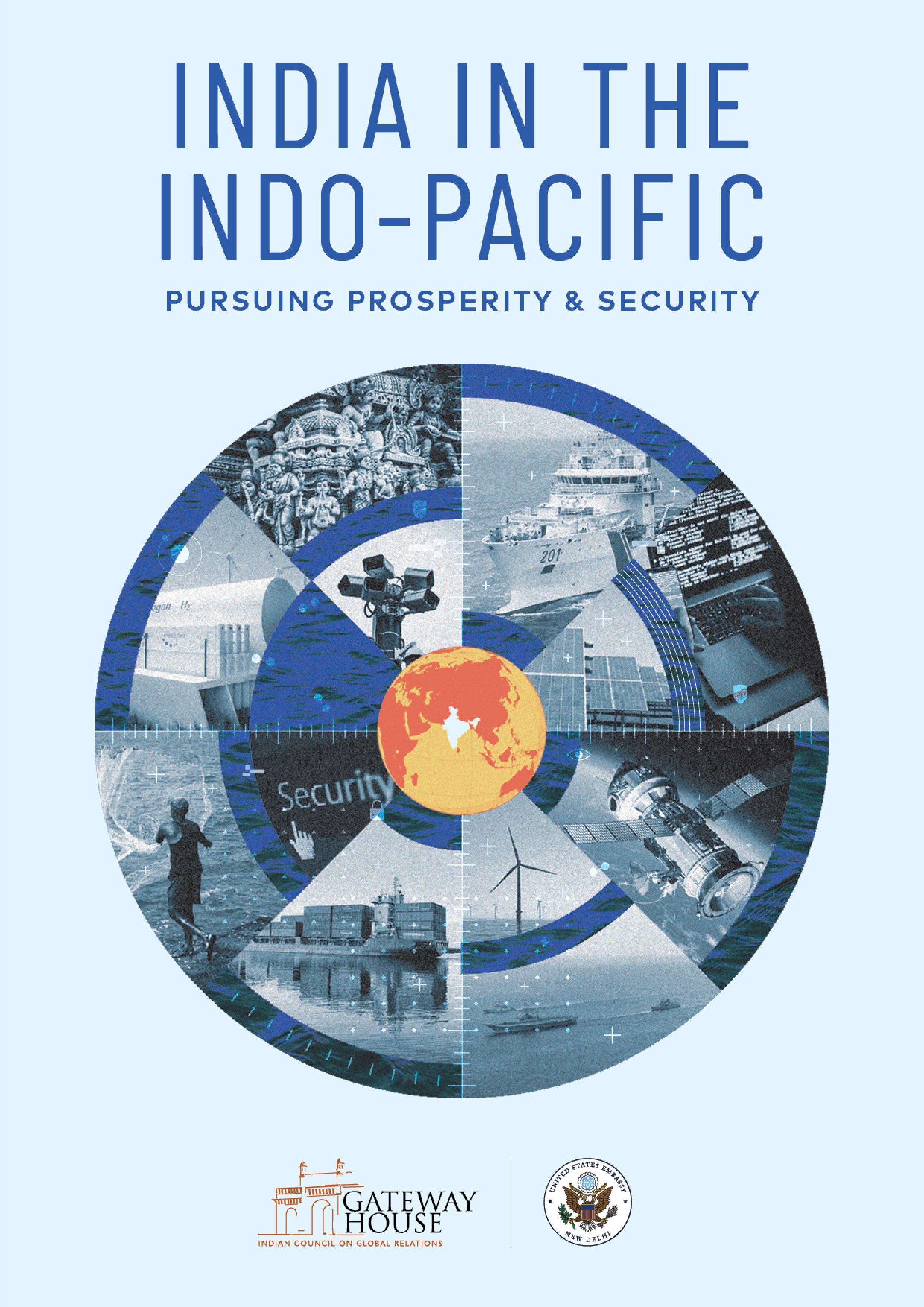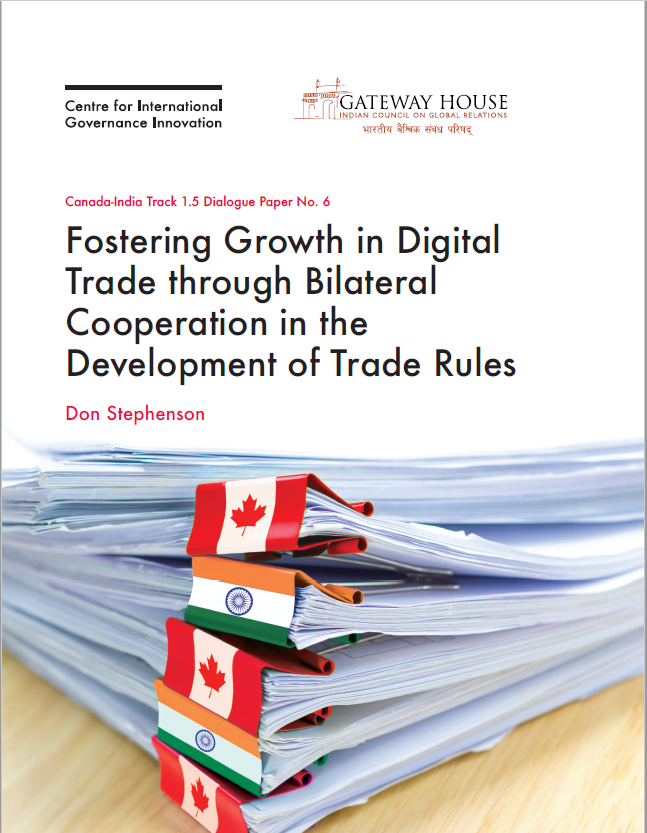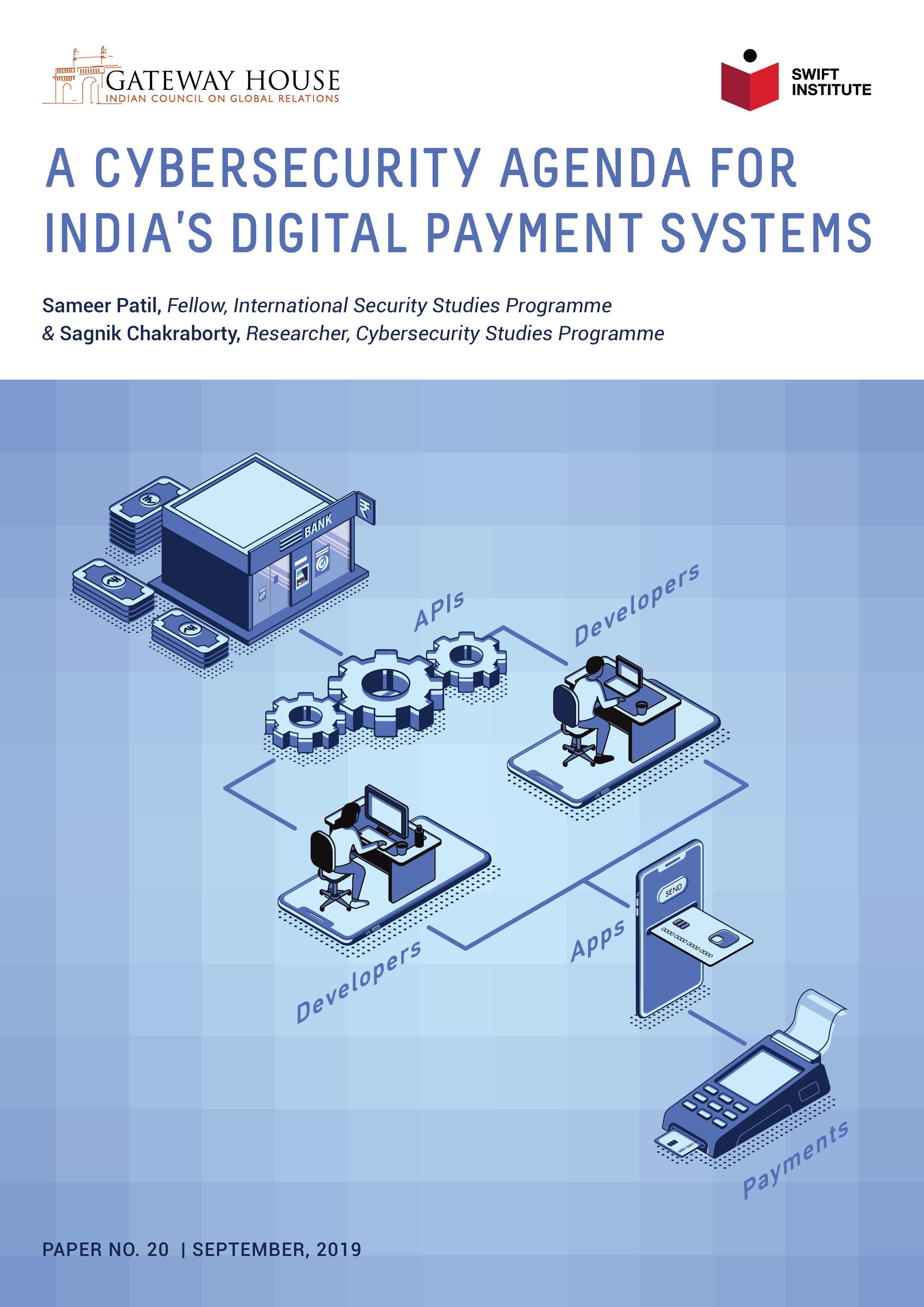Private Innovation in Digital Public Infrastructure
Digital Public Infrastructure (DPI) in India has encouraged innovation, resulting in accelerated economic growth and efficient delivery of government services, all whilst maintaining digital sovereignty. Further success depends on developing international standardisation and interoperability. As a DPI pioneer, India can use its position to create a repository of best practices and encourage collaboration for global digital governance standards.

